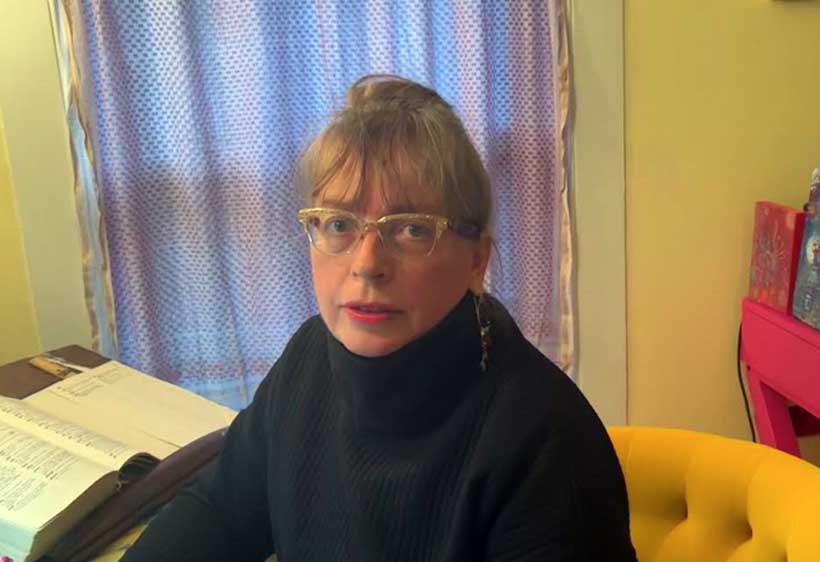To communicate effectively, one must learn as many languages as possible. And if it is not possible to do that, one must ideally try to use translations to draw deeper connections with individuals across borders of language. Translations are an important part of intercultural awareness and understanding. In Literature too, translations help to make texts more accessible globally as well as increase understanding about culture from a global standpoint. I came across Daisy Rockwell on book influencer pages on Instagram where they spoke about her award winning translations. Being a sucker for travel and understanding diverse cultures, I knew I had to talk to Daisy about her experiences with languages and translation.
Daisy Rockwell is an award-winning translator of Hindi and Urdu literature, and artist, living in the United States. One of her recent translation works – “Tomb of Sand” has been nominated and awarded several literary prizes. In this interview, we take a closer look at her translations works.
What got you interested in translating Hindi and attracted you about the language?
I started learning Hindi in college because I loved learning languages and wanted to learn something totally unfamiliar to me. In graduate school, my mentors, AK Ramanujan and Colin P Masica encouraged me to try my hand at translation.
In many Indian elite schools, Hindi is not preferred by students and parents alike. What are your thoughts on that?
English is the global lingua franca, so many people around the world are eager to master it. But the attraction to English is also a relic of colonialism–that sense of insecurity that Indian languages are somehow not good enough. It’s not true, of course!
What is your favourite part of the book – ‘Tomb of Sand’?
Tomb of Sand is so rich and varied that I have many favourite sections. I love the part when the son, Bade, perches in a tree full of crows and remembers his mother’s saris. I also love the episode of the Serious Son. But really, it’s hard to pick.
Why did you choose ‘Tomb of Sand’ to translate from Hindi to English?
The Bangla translator Arunava Sinha approached me about the project, because Deborah Smith, founder of Tilted Axis Press in the UK, was keen to publish it. Arunava brought me and Geetanjali together.
How can we encourage more youth to speak and stay connected with local languages?
Well that I don’t know! I notice that many people have started reading Tomb of Sand and the original Hindi, Ret Samadhi, side by side, and I love that. I wonder if dual language publications would help people get excited about local languages.
What are other books you are translating or plan to translate in the future?
I am working on Channa, Krishna Sobti’s first novel that was never published until shortly before her death, and Rukogi Nahin, Radhika? by Usha Priyamvada.
What other languages intrigue you? How do you plan to further your interest in them professionally?
I don’t know if I will ever learn another language well enough to translate it. But during the pandemic I have been having great fun learning Korean using Duolingo and other online language learning apps.
What are some of your favourite books that you recommend to our readers?
I can’t resist recommending my own! The Women’s Courtyard, by Khadija Mastur, and Falling Walls, by Upendranath Ashk, both translated by me.


